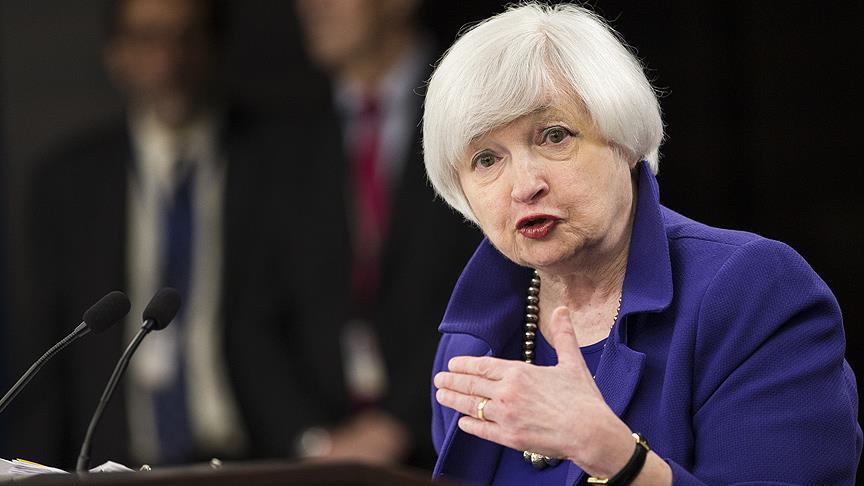-
Tips for becoming a good boxer - November 6, 2020
-
7 expert tips for making your hens night a memorable one - November 6, 2020
-
5 reasons to host your Christmas party on a cruise boat - November 6, 2020
-
What to do when you’re charged with a crime - November 6, 2020
-
Should you get one or multiple dogs? Here’s all you need to know - November 3, 2020
-
A Guide: How to Build Your Very Own Magic Mirror - February 14, 2019
-
Our Top Inspirational Baseball Stars - November 24, 2018
-
Five Tech Tools That Will Help You Turn Your Blog into a Business - November 24, 2018
-
How to Indulge on Vacation without Expanding Your Waist - November 9, 2018
-
5 Strategies for Businesses to Appeal to Today’s Increasingly Mobile-Crazed Customers - November 9, 2018
US Fed keeps rates unchanged, setting stage for rate hike by year-end
The Fed chose to leave interest rates unchanged on Wednesday, in a predictable decision that indicates improvements in the economy, but not enough strength to bear higher borrowing costs.
Advertisement
The push for higher rates in the United States is in stark contrast to the situation in the UK where the Bank of England last month cut interest rates from 0.5 per cent to a new low of 0.25 per cent following the Brexit vote.
It also showed the challenge faced by Fed Chairwoman Janet Yellen, who is trying to balance divergent views inside the Fed about how to proceed.
“The committee judges that the case for an increase in the federal funds rate has strengthened but decided, for the time being, to wait for further evidence of continued progress toward its objectives”, the statement read.
But Kansas City Fed President Esther George, Cleveland Fed President Loretta Mester and Boston Fed President Eric Rosengren all voted against the policy statement, saying they preferred to raise rates at this meeting.
In the years ahead, the committee sees two hikes in 2017 and three each in 2018 and 2019 that would bring the funds rate to about 2.625%, assuming that each increase would come in quarter-point increments.
Not surprisingly given all hints in the statement, Yellen says she expects one hike this year if the labor market continues to improve as it has been.
Investing.com’s Fed Rate Monitor Tool sees market sentiment at a 14.5% chance for a rate hike next month.
Nearly 74% of economists surveyed by The Wall Street Journal earlier this month said the Fed’s next interest-rate increase would come in December.
“We can safely say there’s not group think on the FOMC and we should all be very happy about that. In fact, we should encourage more of it”. So far there have been no rate hikes. none.
Federal Reserve chief Janet Yellen said on Wednesday that the central bank is “generally pleased” with the US economy and reiterated that “gradual” rate rises would be appropriate.
“The economy has a little more room to run than might have been previously thought. We do not discuss politics at our meetings and we do not take politics into account in our decisions”.
The Fed said U.S. economic activity had picked up and job gains were “solid” in recent months and “the case for an increase in the federal funds rate has strengthened”, the central bank said in its post meeting statement this morning, Sydney time.
Several Fed officials have lowered expectations for how high they might raise rates over time because of fundamental changes in the global economy.
To that point, Glenmede’s Casey Clark, vice president of investment strategy, pointed out the “dots” in the so-called dot plot that indicate FOMC participants’ views of appropriate monetary policy, showed a slower pace of tightening. In addition, the Fed lowered its USA economic-growth outlook to 1.8% in 2016 from a 2% estimate in June. Of course, events could prove us wrong, especially if the Fed decides to further delay its next rate increase or if mining supply contracts further.
Advertisement
Overseas, there’s the RBNZ rate decision, United States jobless claims (weekly) and leading economic indicators, euro-area consumer confidence data for September. Fed policymakers made a decision to keep the federal funds rate in a range between one-quarter and one-half percent.





























